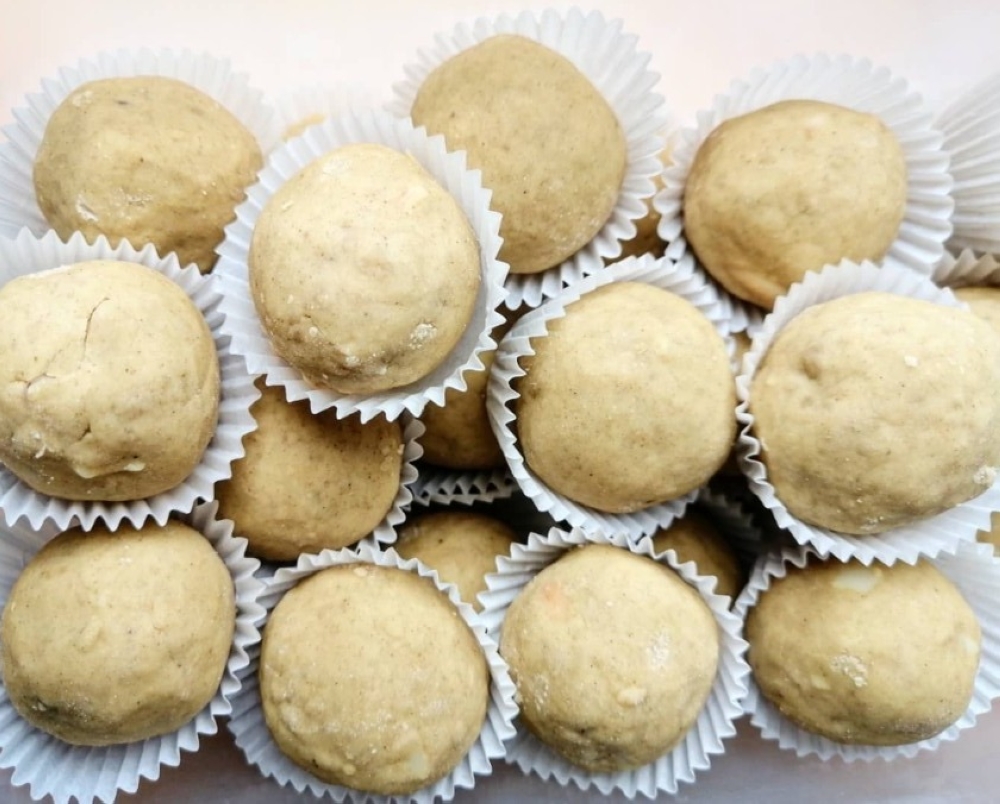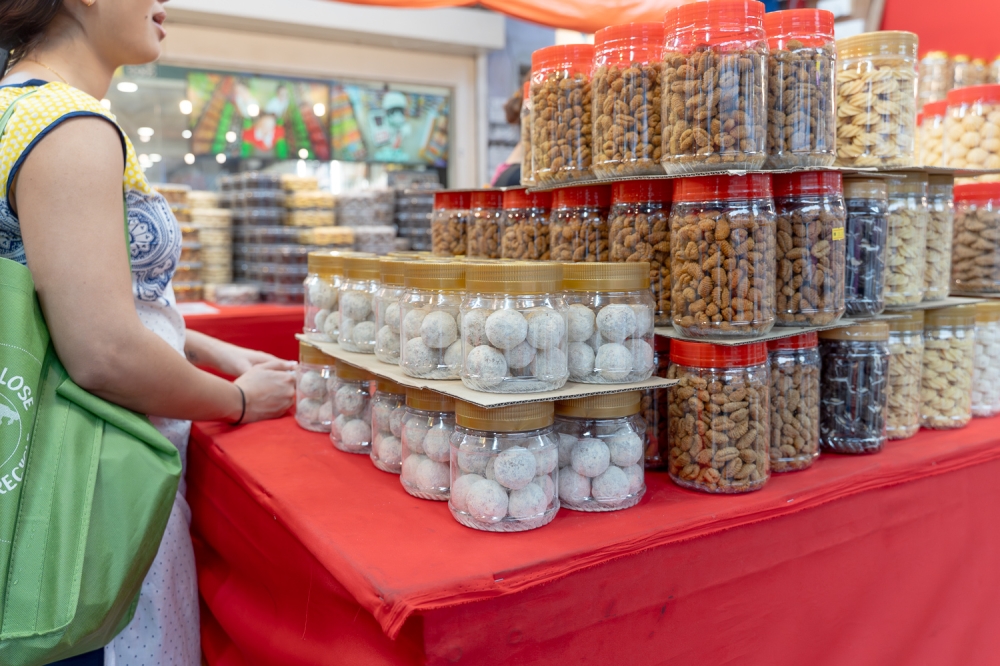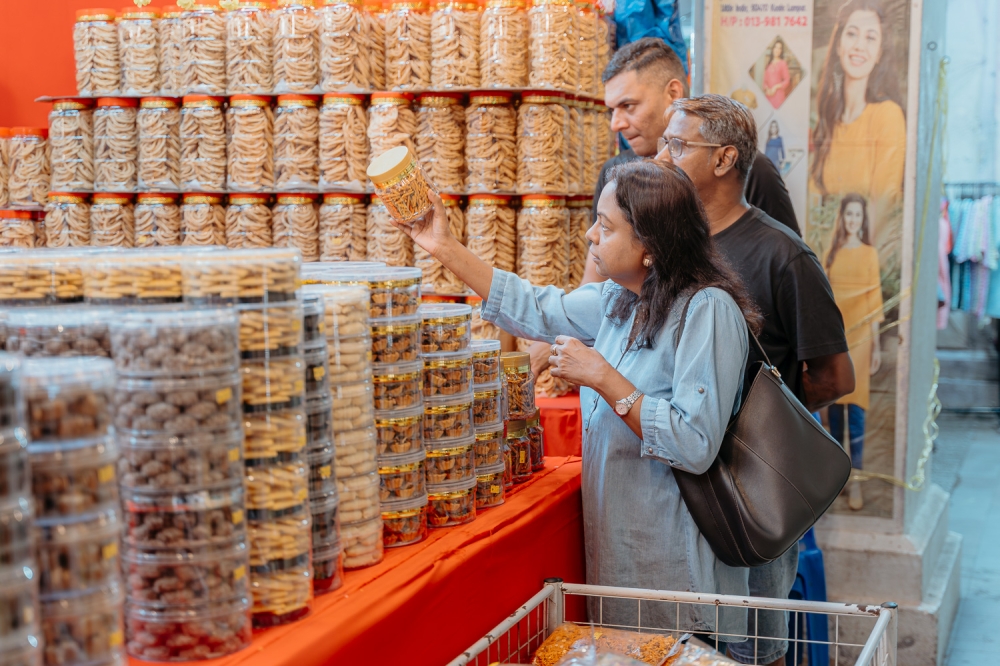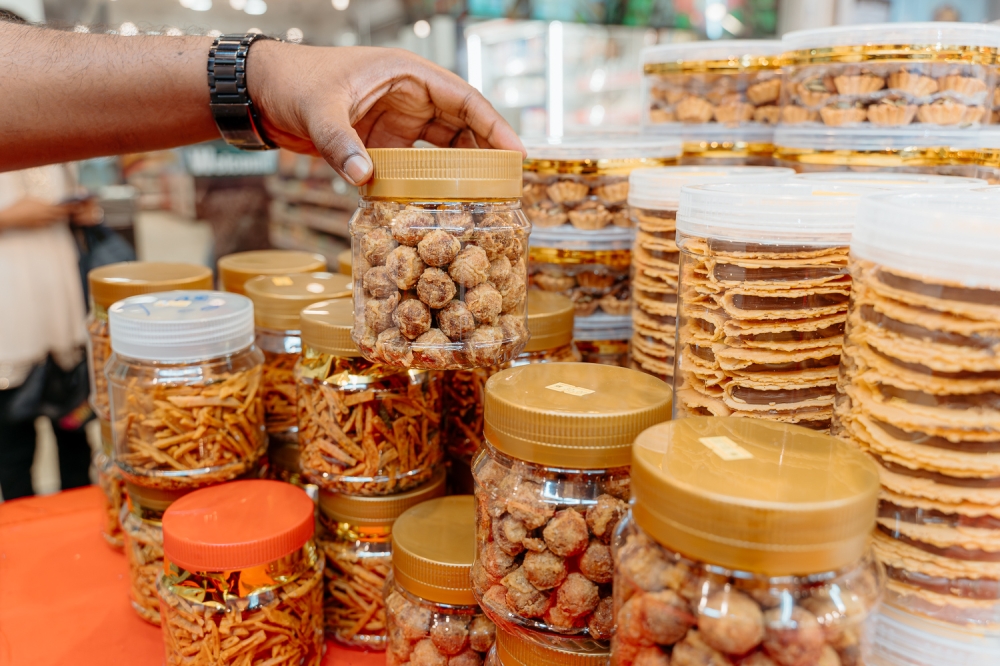KUALA LUMPUR, Oct 19 — Think Deepavali, and you’ll likely picture murukku, achi murukku or ladoo laid out on the table. But for many Tamil families, the festival’s menu of traditional sweets stretches far beyond those crowd favourites.
Among them are urundais — a word that simply means “ball” in Tamil. These hand-rolled treats, made from a variety of grains, are slowly slipping into obscurity as fewer families today take on the painstaking process of roasting, grinding and shaping them by hand.
Still, for many celebrants, these sweets are edible forms of love that mothers and grandmothers once spent hours making in the days leading up to Deepavali.
So, before you reach again for the usual murukku, make some space on your plate for these three traditional urundais:
1. Nei urundai
There isn’t a better Deepavali snack combo than crunching a murukku and then letting a soft, buttery nei urundai melt in your mouth.
Nei urundai, which translates to “ghee balls”, is made from green gram or mung bean flour, sugar, spices like cardamom, and of course, ghee.
Some people also add cashews or raisins to make it an even sweeter treat.
Once all the ingredients are mixed together, hot ghee is poured into the flour mixture, and small lime-sized balls are rolled by hand.
Though it often comes second to murukku, nei urundai remains relatively popular compared to its other siblings featured below.

‘Nei urundai’ is made from green gram or mung bean flour, sugar, spices like cardamom, and of course, ghee. — Picture via Instagram/the.epicure.mum
2. Kallu urundai
Sweet on the inside but hard on the outside, kallu urundai, also known as ketti urundai, is a delicacy that truly tests your teeth.
The delicacy is named kallu urundai — which translates to “stone balls” in Tamil — because of its hardness.
The sweet is made by pouring thick, hot jaggery syrup into a mixture of roasted and ground-dry green gram, chana dhal, parboiled rice and peanuts.
It is rolled into firm round balls, which will harden as the jaggery cools.
The ingredients can be adjusted to one’s taste, which is why some Tamil families refer to the sweet as porulvilangai urundai which translates to “little balls with mysterious ingredients”.
In the old days, kallu urundai balls were often as large as apples, and people sometimes had to use a hammer or grinding stone to break them.

Bottles of ‘kallu urundai’ (front row) arranged at a shop at the Deepavali bazaar in Brickfields on October 16, 2024. — Picture by Raymond Manuel
3. Chittu urundai
Chittu urundai, also called munthiri kothu, is another lesser-known traditional Indian sweet but unlike nei urundai and kallu urundai, this one is fried.
Since “munthiri” refers to grapes in Tamil, chittu urundai is often fried in clusters of three or four, resembling the fruit.
The delicacy is made from green gram, sesame seeds, dried coconut, and jaggery. The mixture is shaped into balls, dipped in rice flour batter, and fried until golden brown.
In India, this sweet is popular in southern Tamil Nadu districts such as Kanyakumari.

Shoppers looking at a variety of Deepavali delicacies and snacks sold by small traders at the Deepavali bazaar in Brickfields, Kuala Lumpur recently. — Picture by Raymond Manuel
Fortunately, these traditional sweets have not completely disappeared from the Malaysian festive scene.
Several small traders at the Deepavali bazaar in Brickfields were seen selling the sweets, priced between RM20 and RM40 per bottle, during a visit by Malay Mail.
On that note, let the Deepavali feasting begin!






